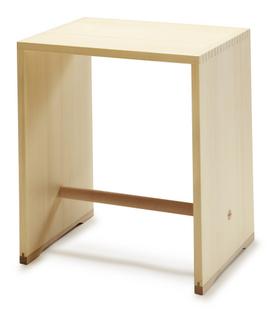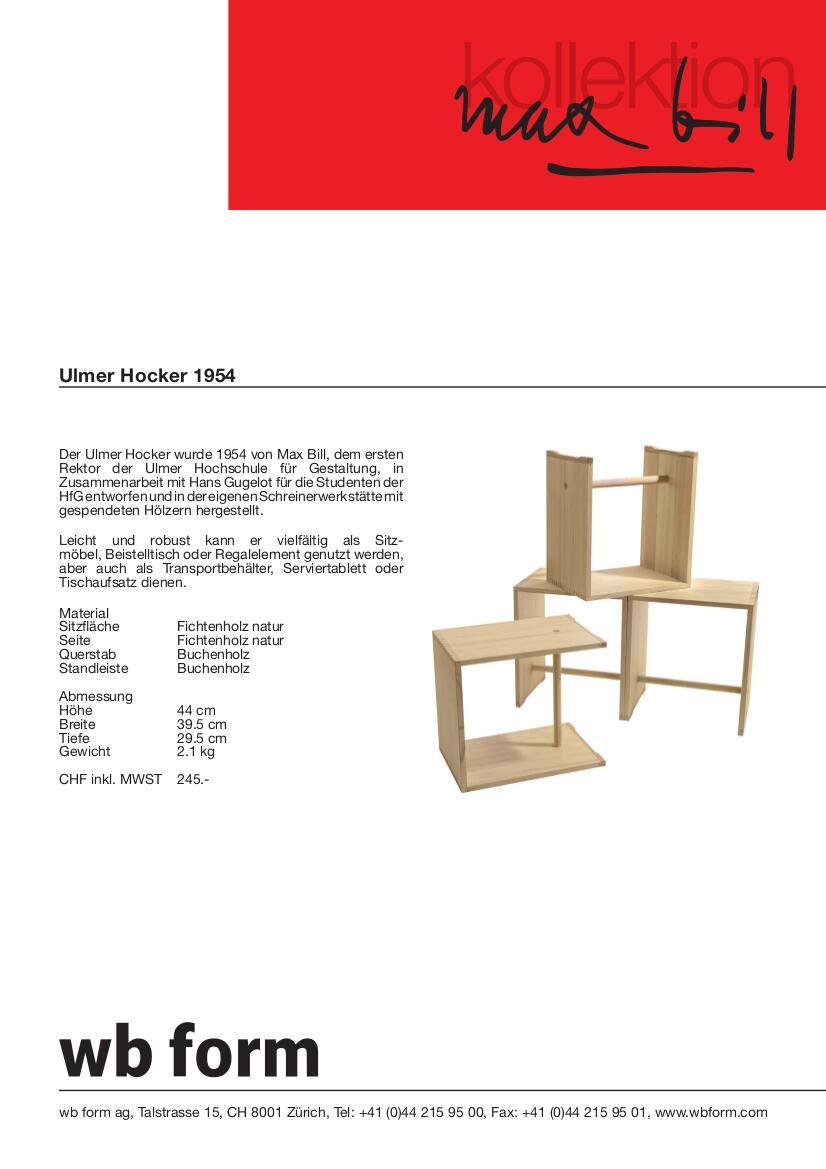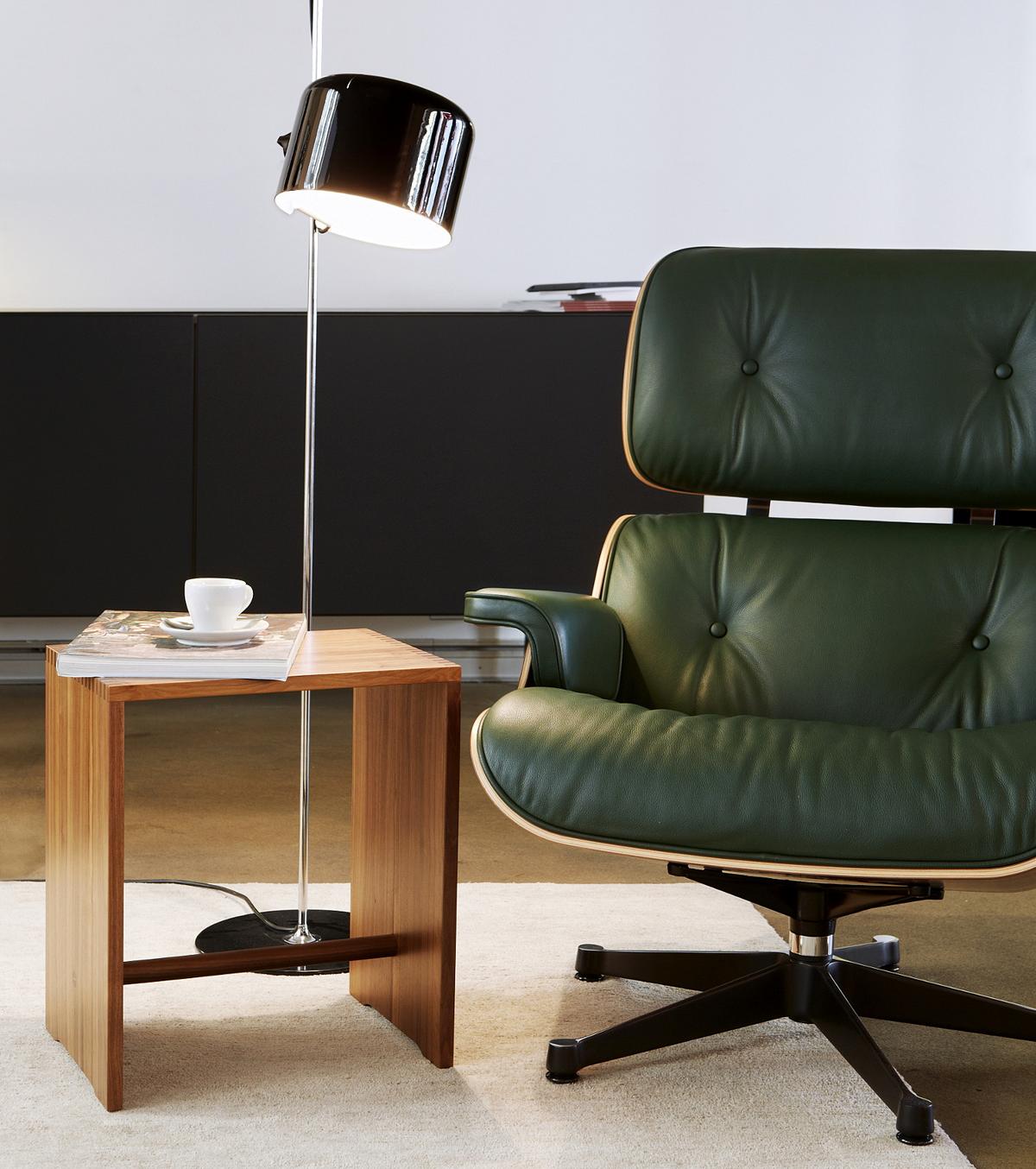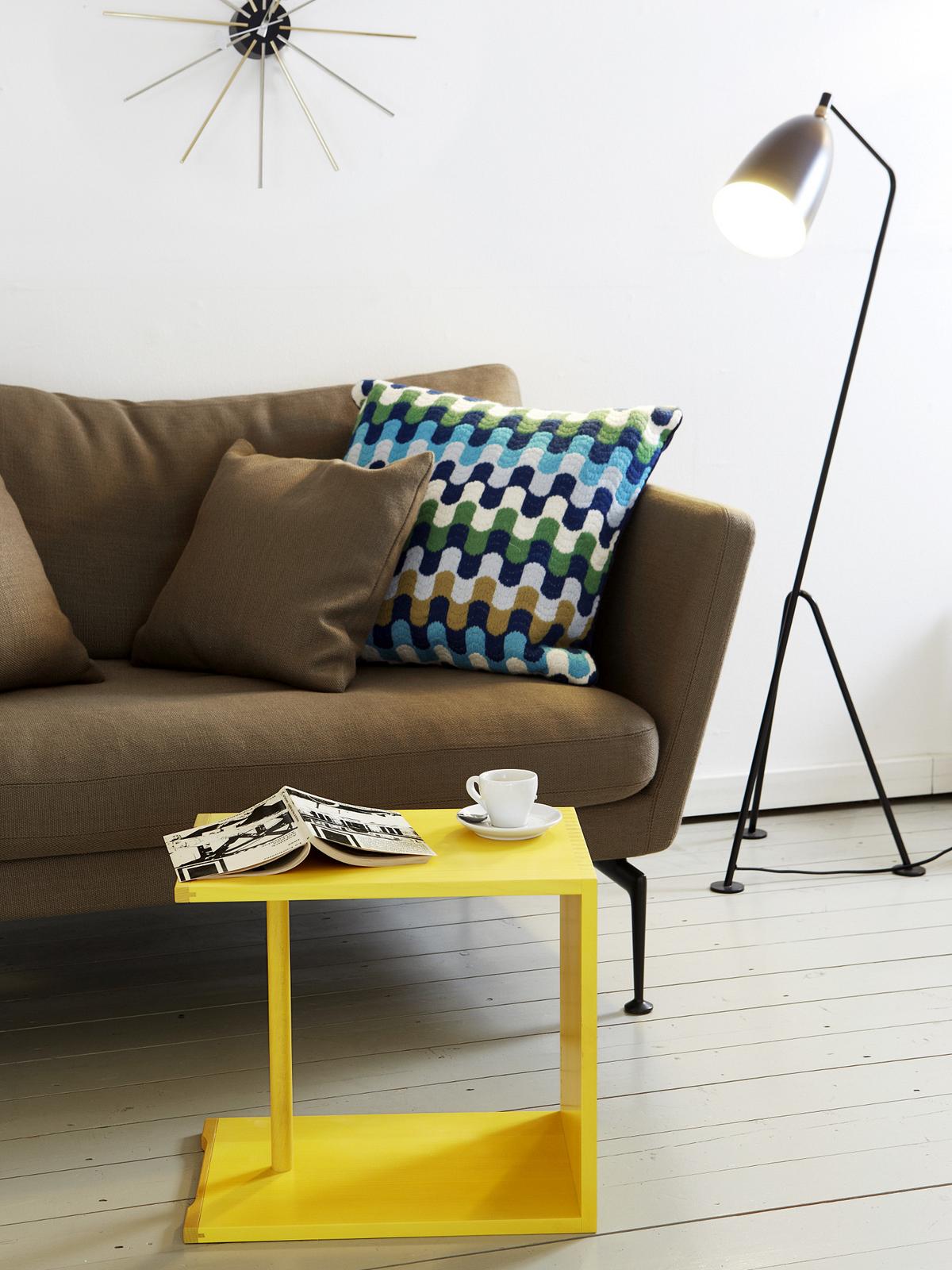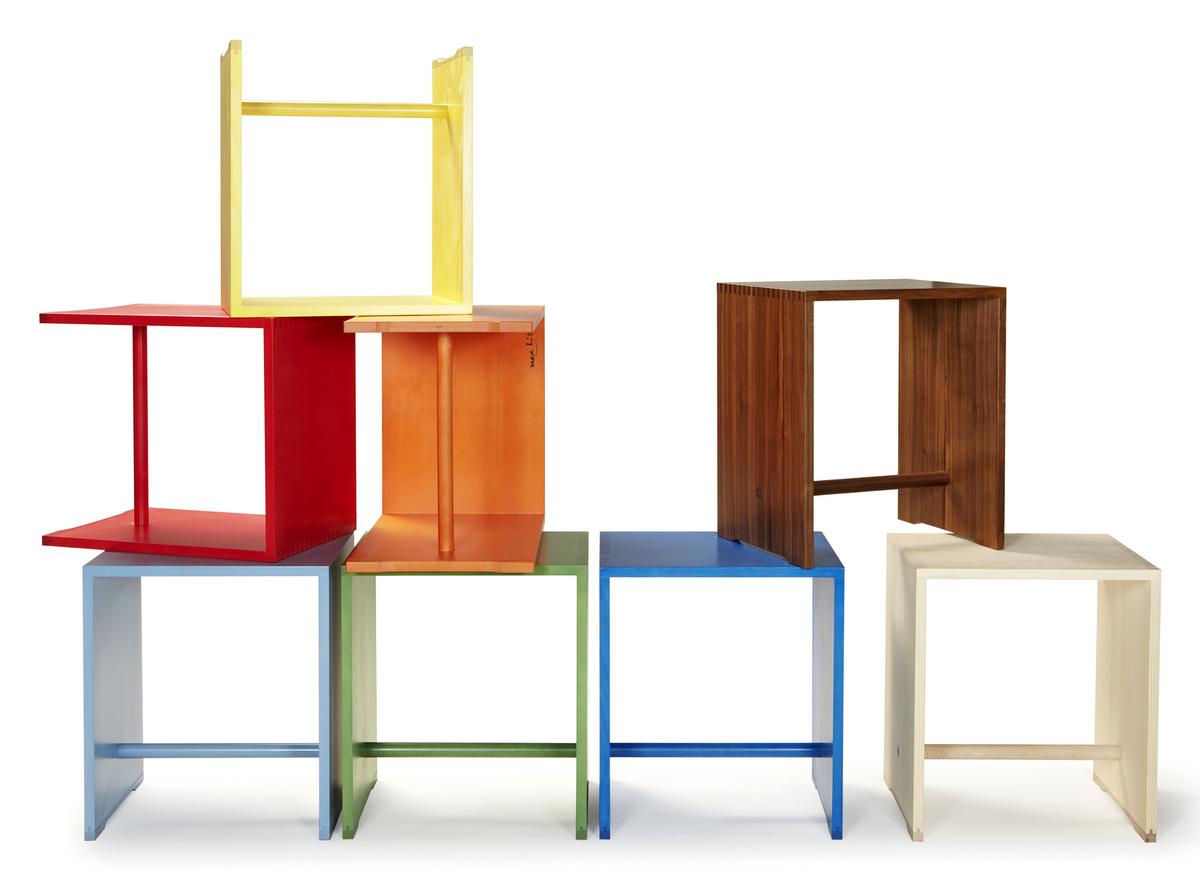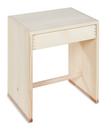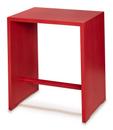The Ulmer Hocker: Idea ─ Icon ─ Idol at the HfG-Archiv, Ulm
...An Ulmer Hocker1 With the exhibition The Ulmer Hocker: Idea ─ Icon ─ Idol the HfG-Archiv, Ulm, help elucidate that while an Ulmer Hocker is that simple, it is a deceptive, and highly informative, simplicity... Yet for all that Max Bill was only involved with the HfG Ulm for a relatively short period of time, as The Ulmer Hocker: Idea ─ Icon ─ Idol, helps one understand, a great deal of Max Bill remained within the HfG Ulm; for all embodied in the Ulmer Hocker, an object developed at the school in 1954 and which as the HfG-Archiv exhibition title tends to confirm, has in the intervening decades become both an Idol and Icon...





















